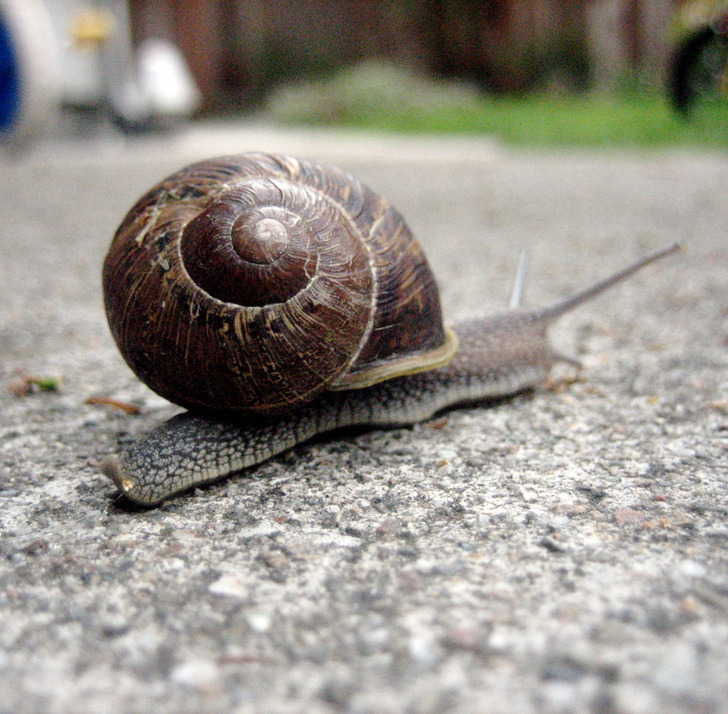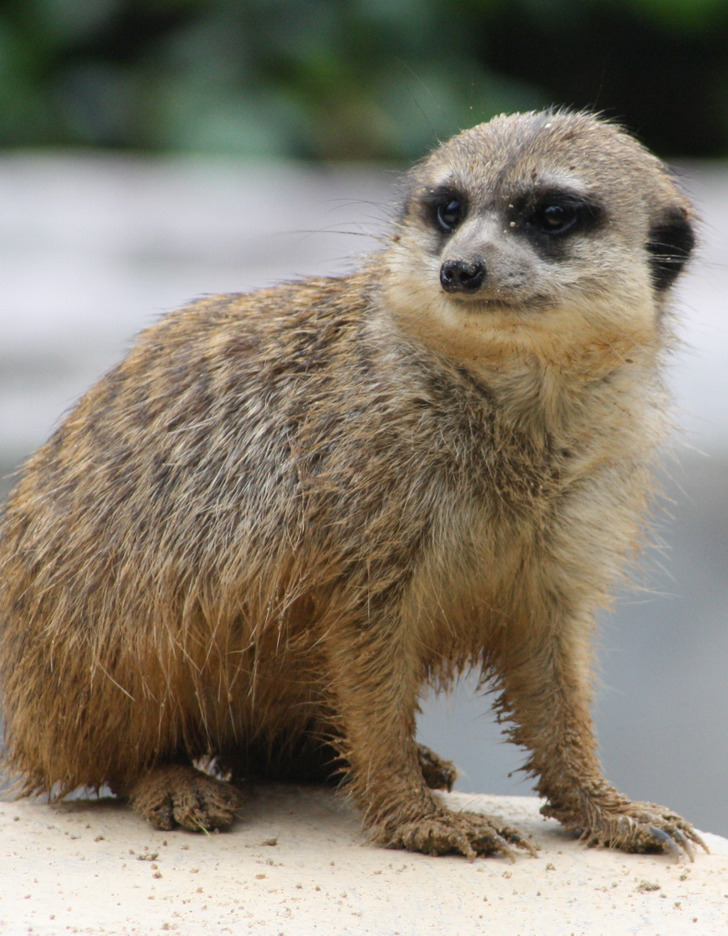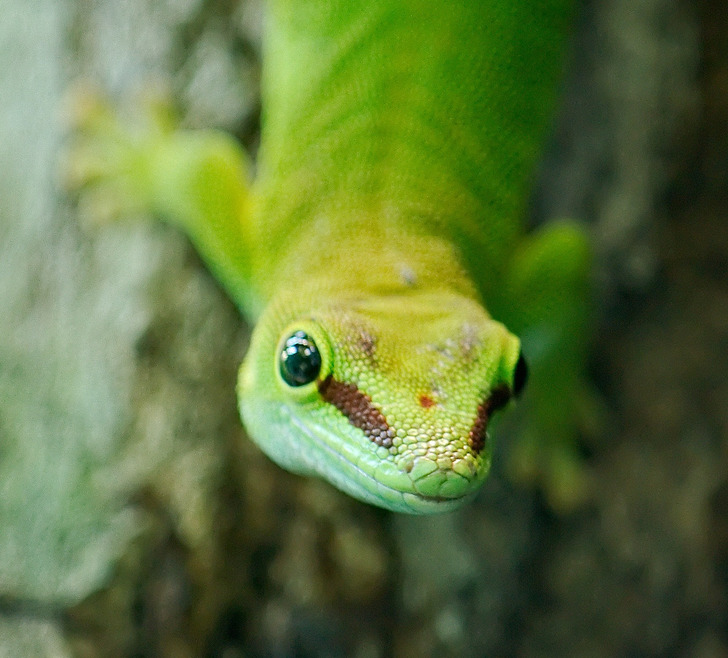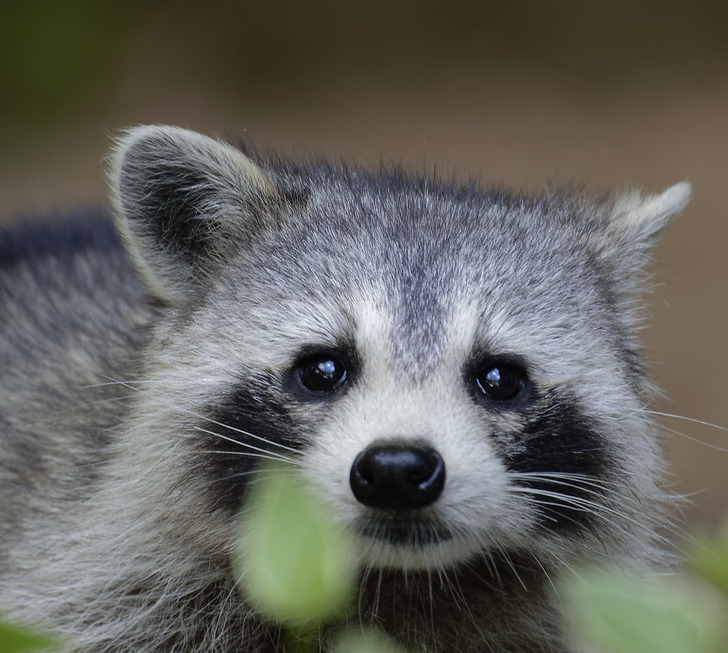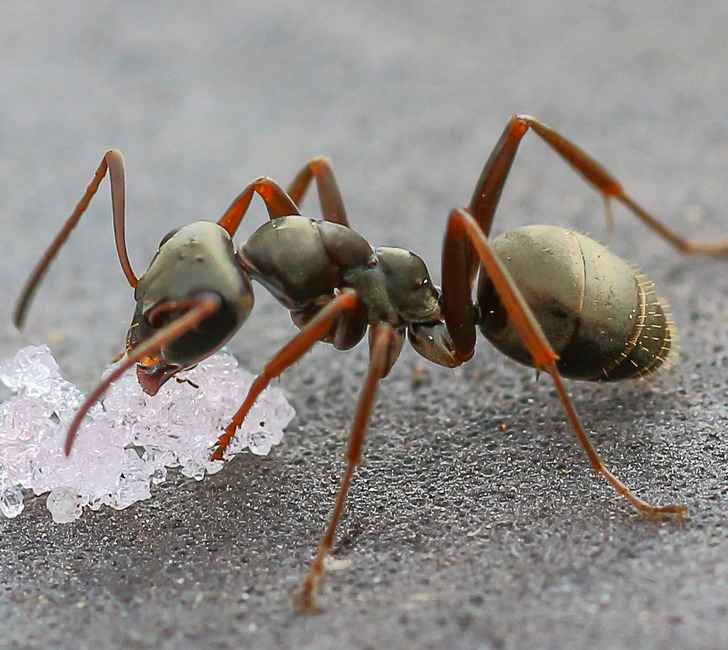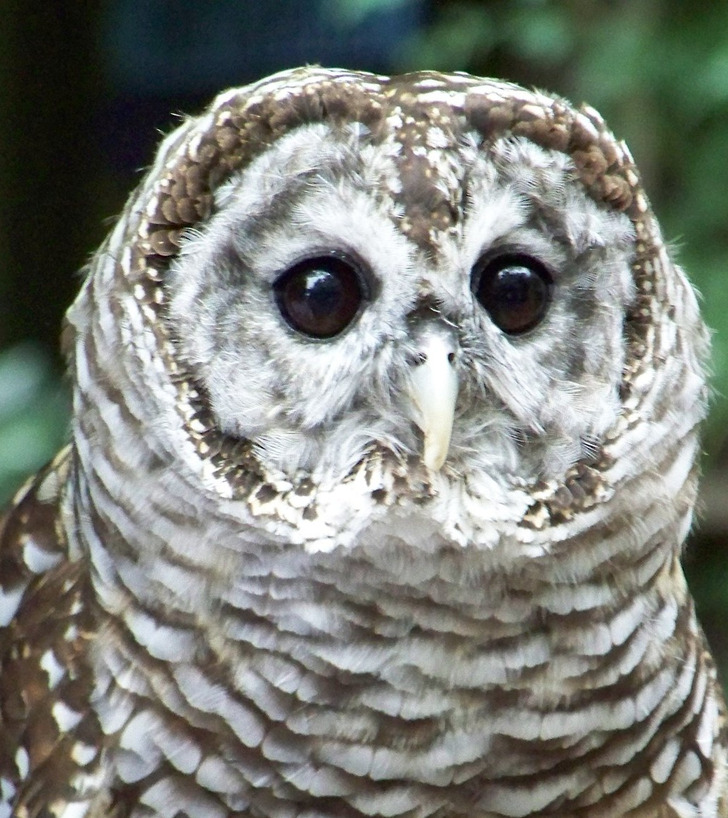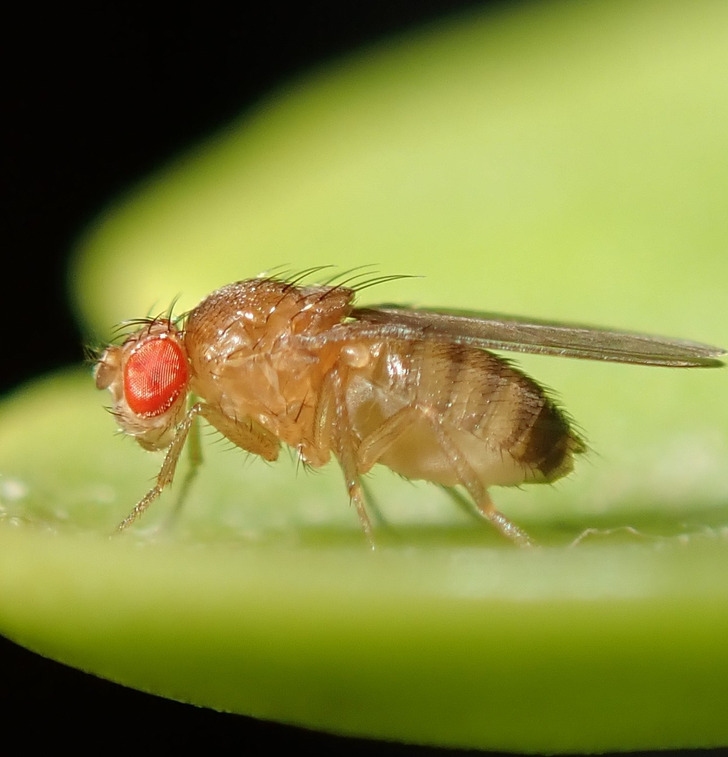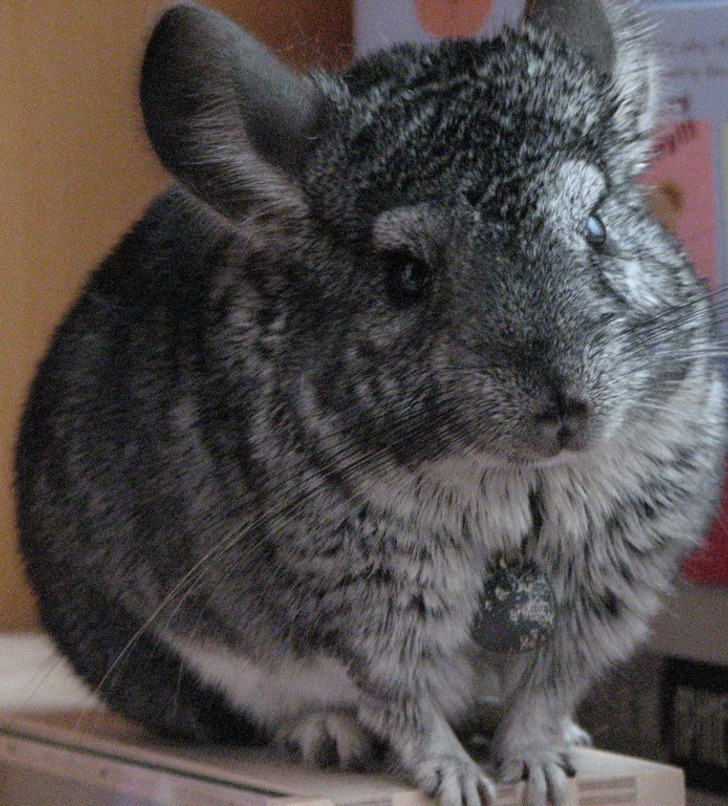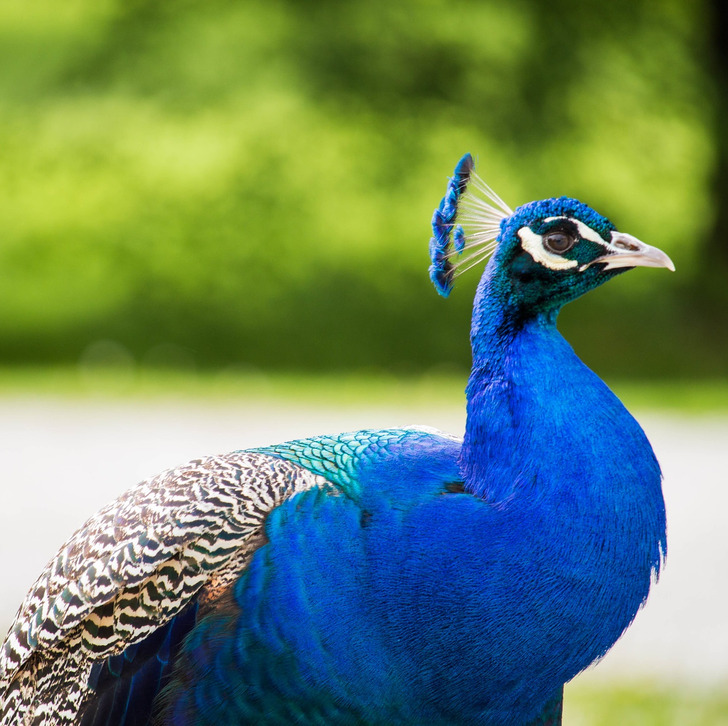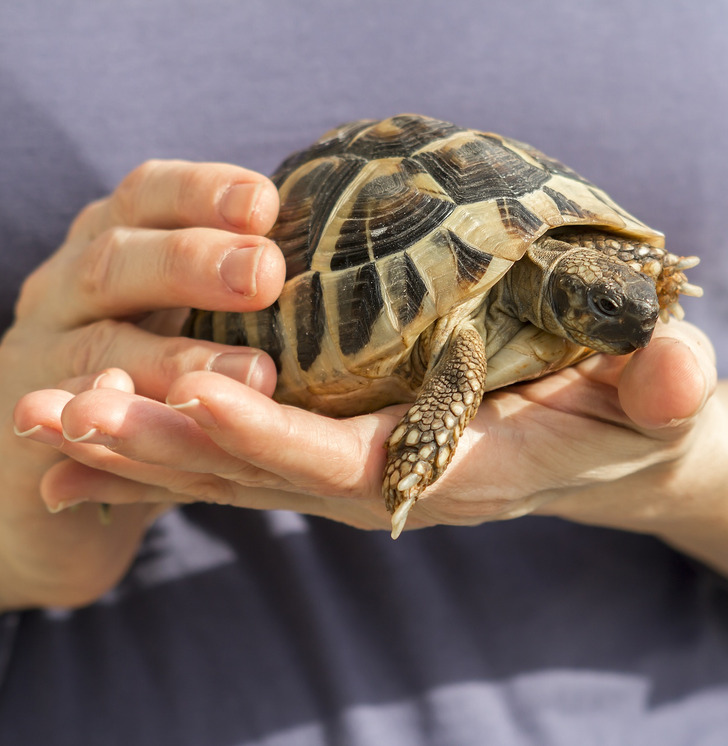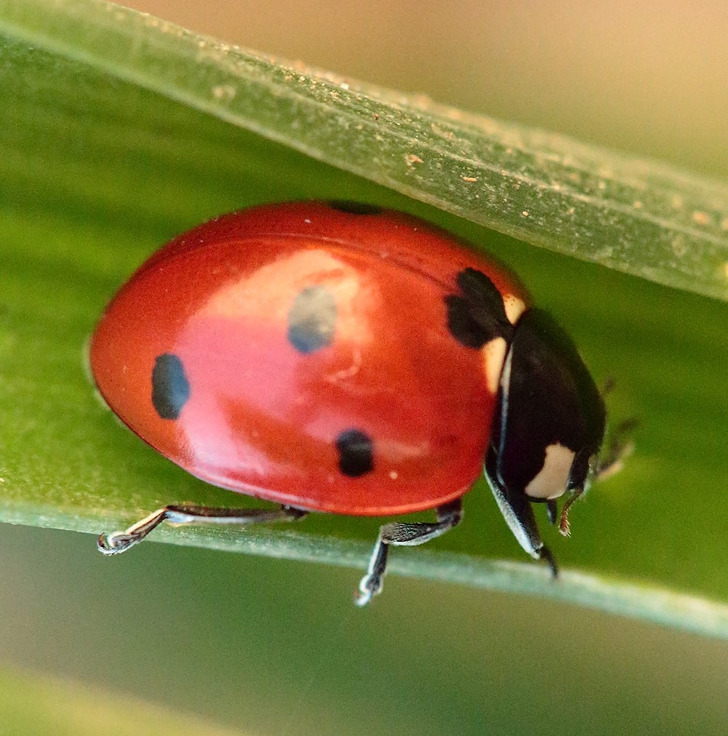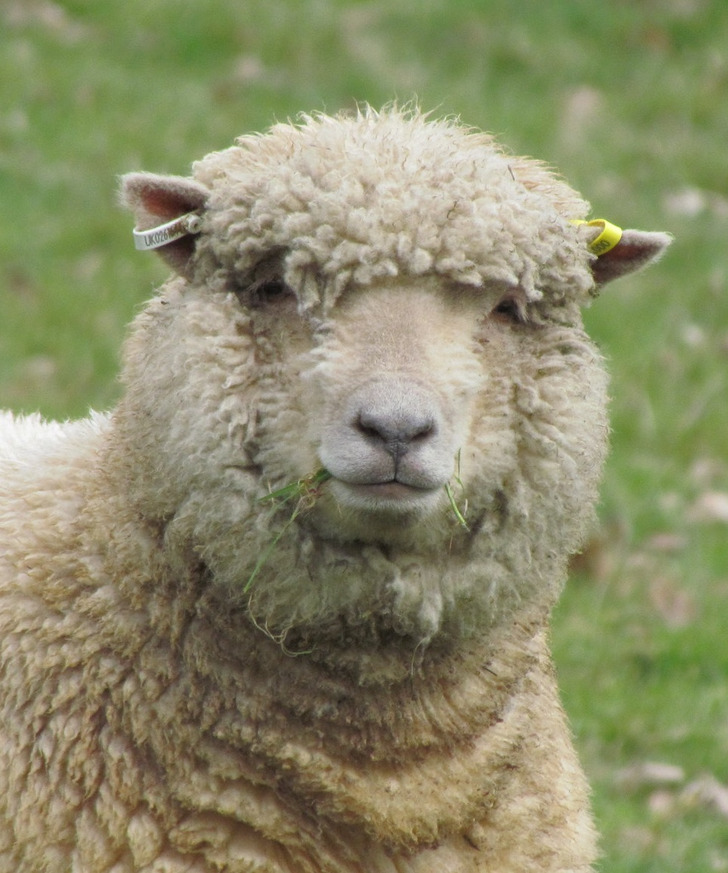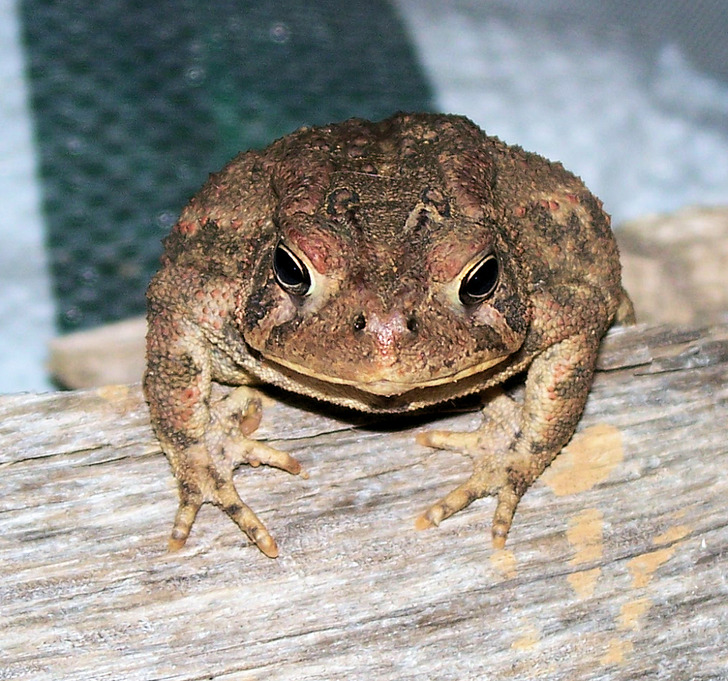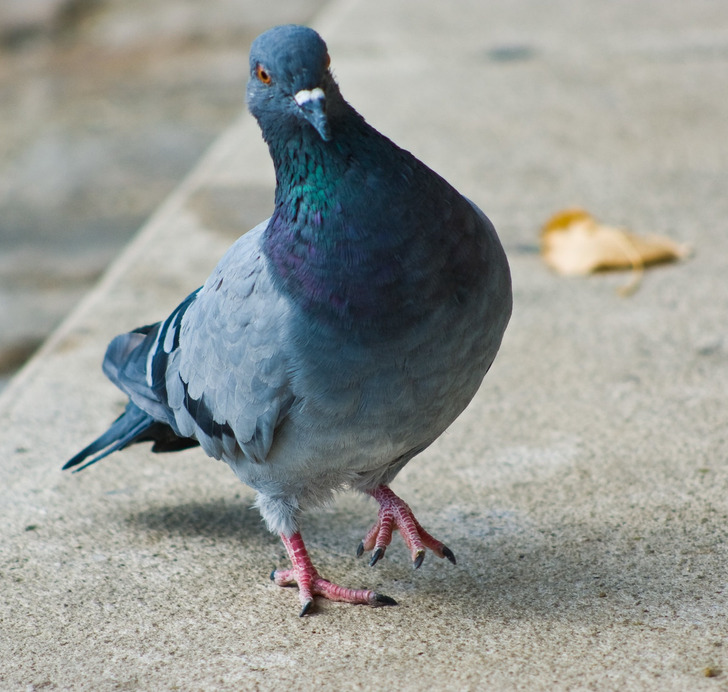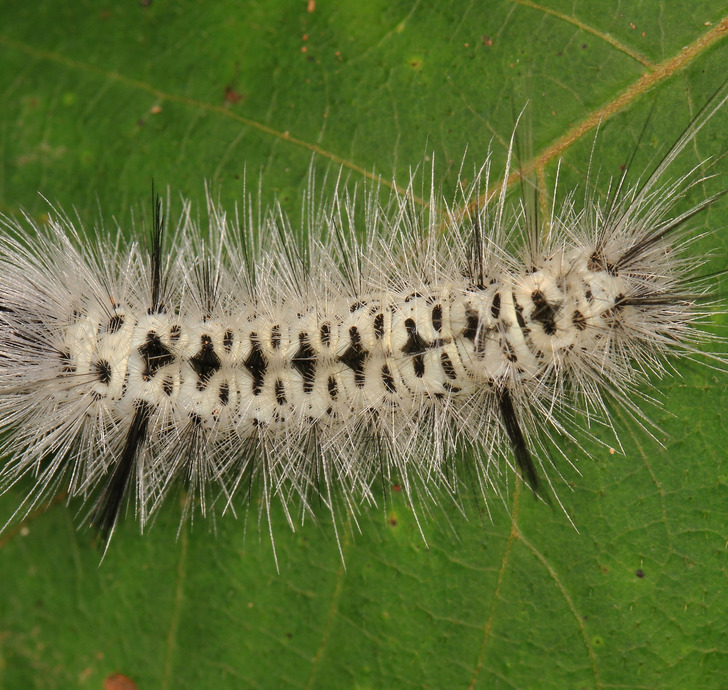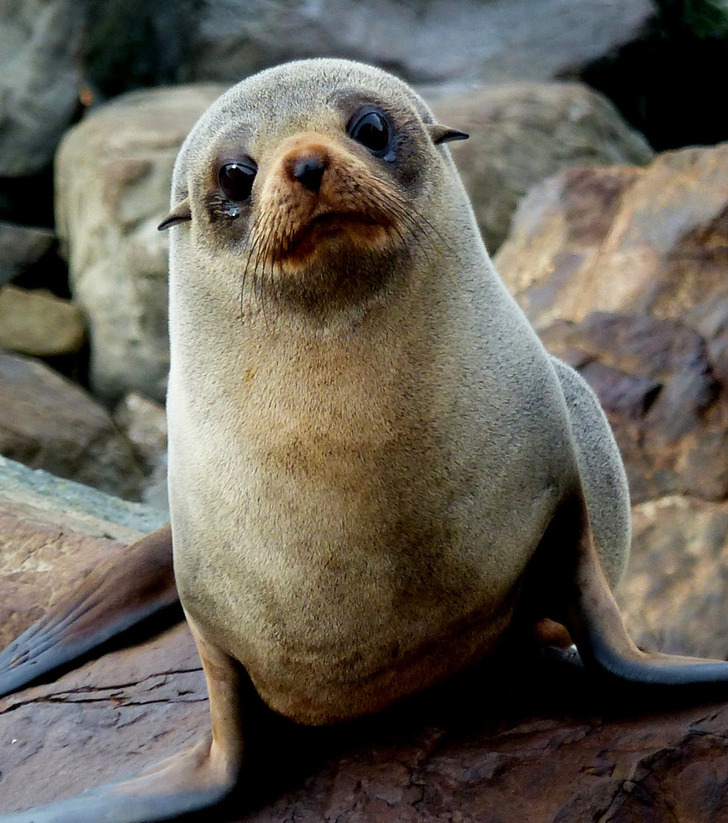16 Creatures That Are Not As Harmless As We Thought
Most people know that some animals, birds, and insects are dangerous to us. Nobody would like to see a hungry bear in the forest, or live with a poisonous spider. At the same time, seemingly harmless creatures, such as snails and chinchilla, may not seem scary but can hurt us just as much.
We at CHEERY decided to find out about the creatures we should stay away from, no matter how harmless they look.
Snails
Some types of snails can travel up to 30 miles during their short lives. While traveling, they can spread parasites that are dangerous for people. They infect the water, and through the water these parasites can get into human bodies. Such snails are usually found in tropical and subtropical regions. But even regular garden snails may transmit Angiostrongylus cantonensis, which causes meningitis.
Meerkats
These charming animals became very popular after certain cartoons were released. But despite their cute appearances, they are not ideal pets.
When they are alone, and when they live in small cages, they suffer and become aggressive to people. They also have incredibly sharp claws. Getting on the wrong end of those can end very badly for meerkat owners.
Geckos
Raccoons
Just like many other wild animals, raccoons can transmit rabies. But the biggest problem is their feces. They can be a source of such infections as salmonellosis and leptospirosis. You can get infected not only when you clean them, but also when breathing near them.
Ants
All types of ants, no matter the size, can bite humans. These bites are usually not dangerous. But if you don’t treat the bite in time, the area may get irritated or inflamed. Some species of ant (such as the Myrmecia, which live in Australia) can cause a serious allergic reaction, leading to anaphylactic shock.
Owls
These birds are very protective of their territories, children, and partners. This is why careless tourists walking near the places where they live can be attacked. When attacking, owls aim for the head.
Fruit fly
The small flies above fruits and vegetables on the table don’t just irritate us and ruin our food. They can can also transmit bacteria, including salmonella, E. coli, and listeria. This is why we should wash all foods thoroughly and empty the trash can on time to prevent these flies from appearing in our houses.
Chinchillas
These cute creatures may look like a perfect gift for a child, but not all of them get used to their owners quickly. Sometimes it takes years for a chinchilla to get settled in a new home. If one feels threatened, they can quickly become aggressive and bite their owner.
Peacocks
These bright birds often walk around in zoos. But don’t come near them to take a photo or pet them. Even peacocks that are generally comfortable with humans may still attack people to protect their territory, partner, or children.
With their strong beaks and sharp claws, they can cause very serious damage, especially for small children. They are absolutely not scared of attacking something that is smaller than them.
Turtles
Turtles often carry salmonella, even when they look very healthy. Don’t let them walk around your entire house, especially your kitchen tops. You should wash your hands before and after you touch a turtle. It’s best to keep them away from children, elderly people, and pregnant women.
Ladybugs
Sheep
Sheep are usually friendly and calm. But if one is scared, or has lost their flock, they can start jumping. Getting in the way of one of these jumps can result in serious injuries, including fractured bones.
Don’t turn your back on a sheep, or they may take the opportunity to headbutt you. It’s also best not to pet sheep because they can transmit serious infections.
Toads
The old stories telling us not to touch toads actually have some scientific grounds. Toads don’t give us warts, but they may lead to poisoning.
Toads are covered with glands that produce a toxin when the animal is in stressful situations. Most of these toxins are dangerous only for animals and children, but some, like Colorado River Toad, can do serious harm even to adults. So, it’s better to steer clear from toads altogether.
Pigeons
Pigeons themselves are not dangerous, but their feces contain spores and microorganisms that can cause different diseases. It’s best to get rid of the feces in your backyard, car, or windows. When feces dry, they are easily scattered around in the air, and the bacteria that cause cryptococcosis, candidiasis, and histoplasmosis may spread everywhere.
Hairy caterpillars
Most caterpillars, as scary as they look, are absolutely safe for us. But if there are hairs on them, don’t touch them. Such hairs, or spikes, may contain venom. When you touch them, the hairs break, stick into the skin and the venom is injected in the body. The older the caterpillar, the more potent their sting will be, with the most powerful growing right before it pupates.
Seals
As cute as seals look, don’t come near them. A scared seal can attack a person. Their bites can transmit bacterial infections, such as herpes.
Do you have a story about dealing with a creature you thought was harmless, only to find out that they were actually quite dangerous?
